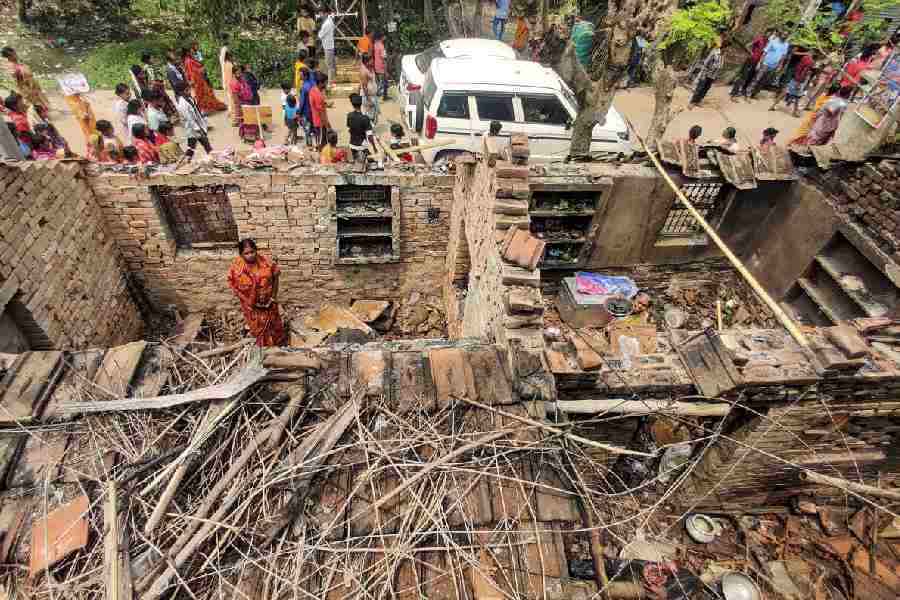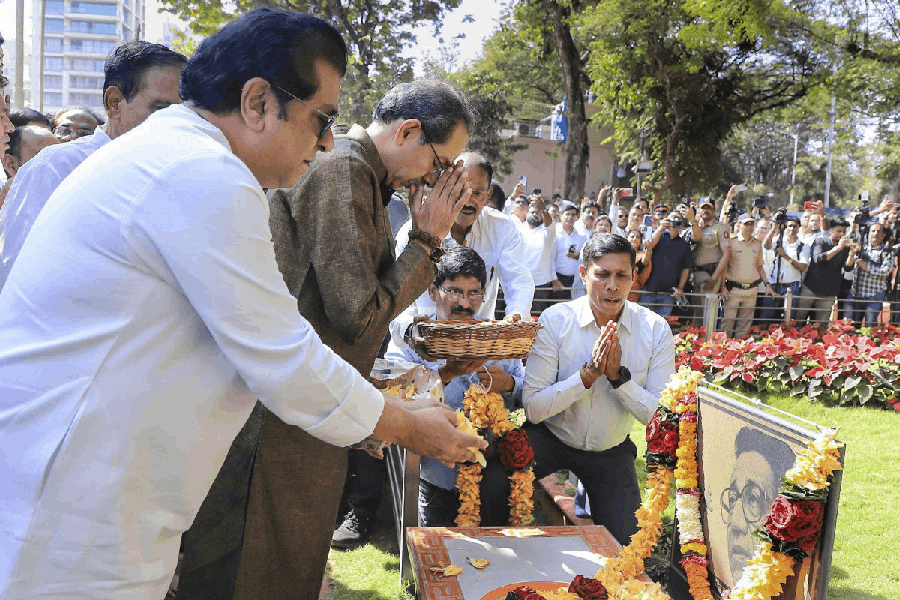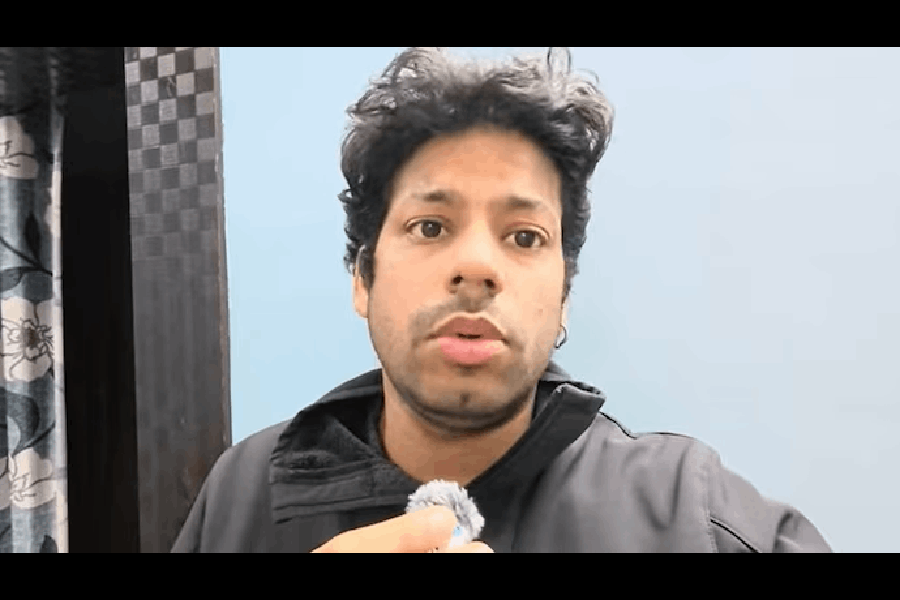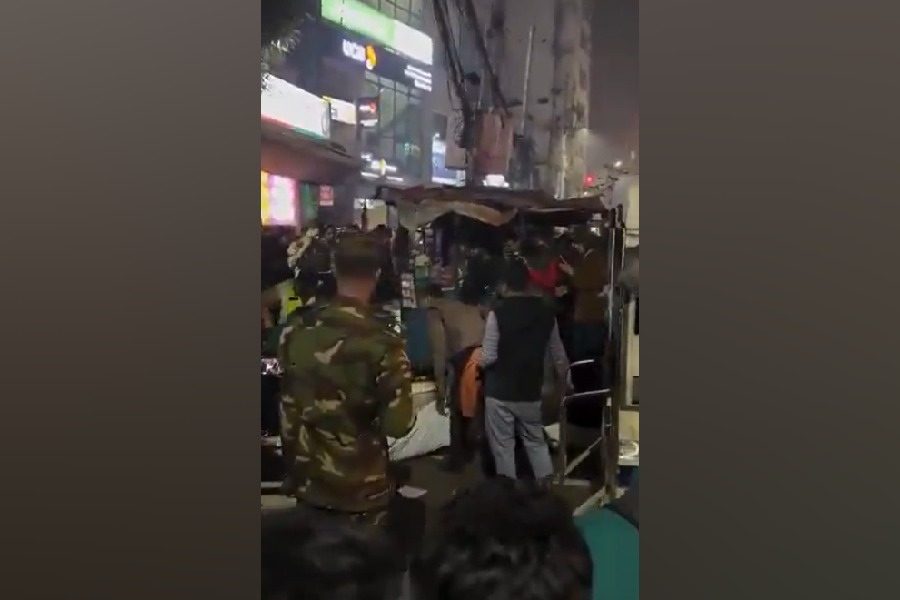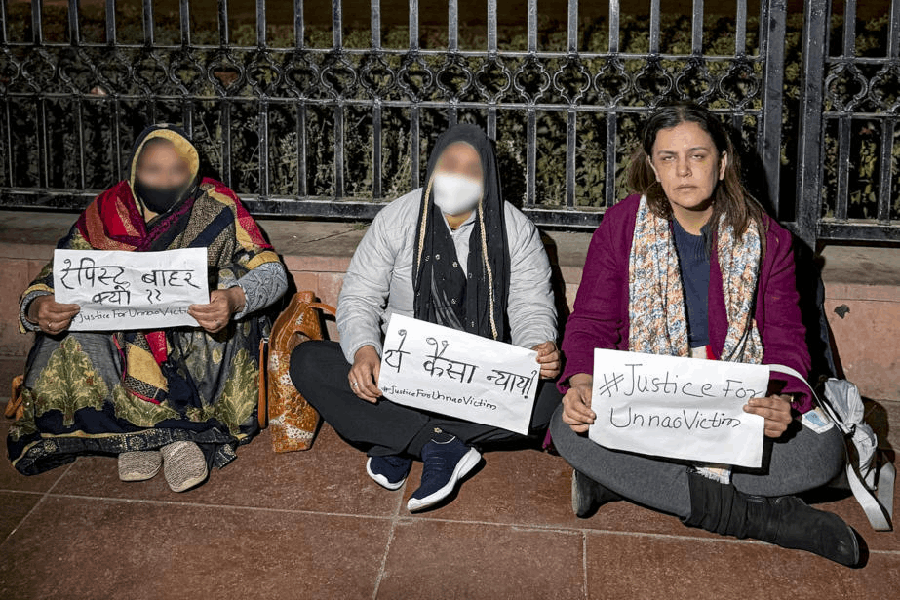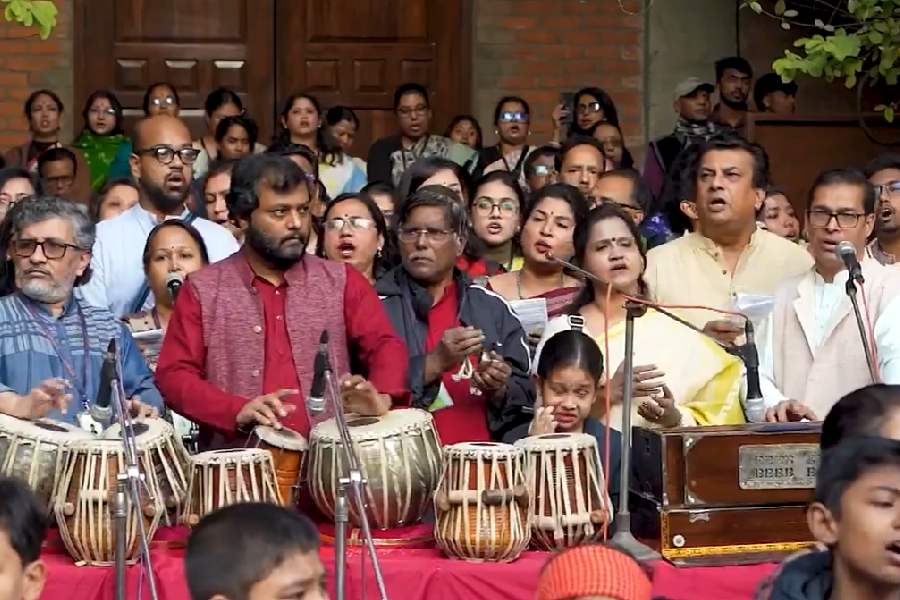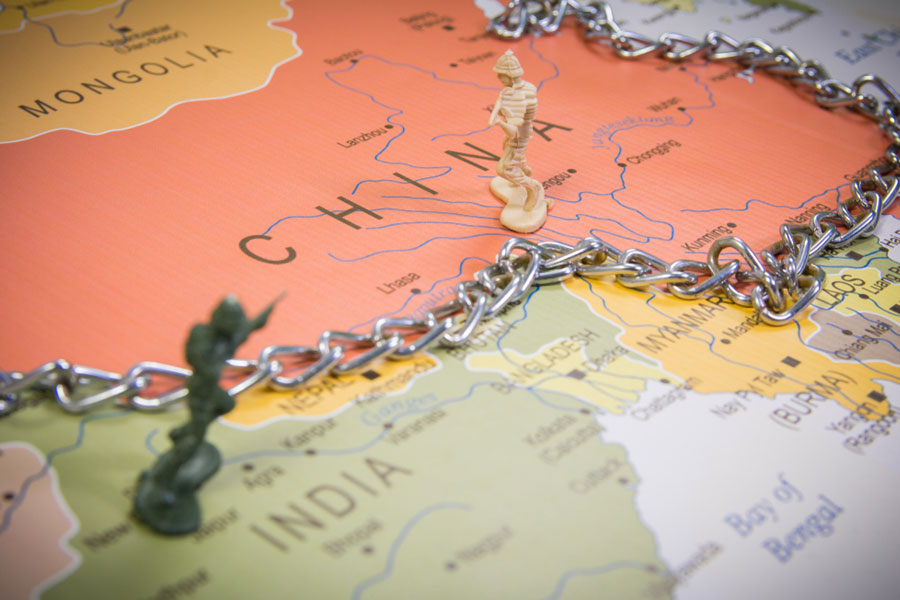For many decades, West Bengal acquired a reputation as an oasis of communal harmony. It was said, not least by Chief Minister Mamata Banerjee and, earlier, by the stalwarts of the Left Front, that indigenous Bengali Hindu traditions were more accommodating of diversity than their counterparts in northern and western India. It was also proudly suggested by Left-inclined Bengali intellectuals that the strong influence of Western rationalist thought, particularly Marxism, ensured that Hindu nationalist politics could not secure any toehold in post-1947 West Bengal. There was consternation in Bengal’s political circles when the Bharatiya Janata Party unexpectedly won the Dum Dum parliamentary seat in 1998. In 1999, when the BJP won a local by-election, the then chief minister, Jyoti Basu, lamented that he had to live to see the day a BJP member graced the assembly benches.
The perception that the modern Bengali personality was uniquely hostile to ‘communal’ politics was a relatively recent invention. That there was a strong Hindu bias in the nationalist politics between 1905 and 1947 was grudgingly acknowledged. At the same time, it was argued that the trauma of Partition and the rise of the Left centred on the refugee colonies around Calcutta and adjoining districts successfully put paid to Hindu nationalist politics in West Bengal. This was the conventional wisdom until the Lok Sabha election of 2019 and the state assembly polls of 2021 resulted in the communist parties losing all representation and being completely upstaged by the polarisation between the BJP and the Trinamool Congress. Nevertheless, despite this shift in ground realities, the belief that Hindu nationalism has been artificially grafted into the soul of Bengal by vegetarian, Hindi-speakers still holds sway among a section of the Bengali intelligentsia.
This overall understanding of Bengal’s public life from the 20th century suffers from a serious limitation: it fails to incorporate the autonomous role of Muslim politics. Indeed, it can be said without exaggeration that in the Left-liberal understanding of post-Independence Bengal, Muslims are often invisible.
Some of this stems from the understanding that the Pakistan movement lacked organic foundations among the Muslims of united Bengal. It is often believed — both in India and post-1971 Bangladesh — that it was the derailment of A.K. Fazlul Huq’s Krishak Praja Party by a momentary rush of emotion after 1945-46 that gave Muhammad Ali Jinnah a foothold in the east. The Muslim League in united Bengal, or so the argument went, was essentially a party of Urdu-speaking notables and Muslim landholders.
It therefore followed that with Partition, this archaic social grouping was conveniently transferred to another country where its importance faltered with the rise of the language movement in the early 1950s. This linguistic nationalism, it was suggested, simultaneously took East Pakistan out of the orbit of Islamic politics.
This perception of Bangladesh’s pre-history is only partly accurate. As the studies by the historian, Neilesh Bose, indicate, the demand for Purba Pakistan also resonated strongly among the Bengali-speaking Muslims of united Bengal. There was also a distinct Bengali Muslim literary tradition that bolstered the Pakistan movement in the east.
It is undeniable that a section of the Bengali Muslim middle class subsequently deserted the Muslim League and joined the likes of H.S. Suhrawardy and Fazlul Huq to press for regional autonomy. However, it would be facile to believe that the sectarian impulses that led to the division of Bengal lacked social depth among Muslims of the province. Even in the euphoric 1970 election that witnessed a landslide victory for the Awami League in East Pakistan, the pro-Pakistan parties secured at least 25% of the popular vote. The proceedings of the war crimes tribunal that awarded the death penalty to prominent leaders of the Jamaat-e-Islami for masterminding the pro-Pakistan collaborationists during the liberation war of 1971 quite clearly indicate that there existed a critical body of support for the Pakistani military among Bengali-speaking Muslims. A demand for Bangladesh’s reintegration into Pakistan may well have become dated. However, the reassertion of the pro-Pakistani elements in the aftermath of Sheikh Mujibur Rahman’s assassination in 1975 and Sheikh Hasina’s ouster in August last year clearly indicates that the impulses that triggered Partition in 1947 are both real and alive.
The extent to which the pro-Pakistan Muslims who remained behind in India persisted with their old beliefs awaits a rigorous study. The near-total shift of Indian Muslim voters from the Muslim League to the Congress in the first three general elections is only awkwardly acknowledged these days but is a matter of record. The Muslim community may have reposed its faith in Jawaharlal Nehru by way of atonement, but this surrender also meant that the community abandoned all pretence of assertive politics. In West Bengal, following the decimation of the Congress after 1977, it entered into a covenant of security with the Left Front. This arrangement led to the authorities in West Bengal turning a blind eye to the stream of illegal migrants from Bangladesh in the 1990s. Apart from upsetting the demographic balance, the 1990s witnessed the emergence of Muslims as a decisive vote bank in West Bengal. From being mere voting fodder to acquiring political clout in the districts was a short jump. In 2011, the shift of the Muslim vote to the Trinamool Congress signalled the end of Left Front dominance in the state.
The rise of the BJP as the principal challenger to Mamata Banerjee has further altered equations. With the saffron party securing a lion’s share of support from Hindus, the Trinamool Congress is now almost entirely dependent on Muslim votes for its electoral success.
The journey of the Muslim community from extending passive support to the Congress in the aftermath of Independence to acquiring a decisive say in government signals a radical change in state politics. The effects of this transformation haven’t been fully internalised by the Hindu bhadralok-dominated political establishment of West Bengal although there are voices of disquiet coming from the grassroots. But these have tended to be purely anecdotal and not a facet of a larger narrative.
However, there are small indications of a mood change. First, the persecution of Hindu minorities in Bangladesh in the aftermath of last year’s regime change appears to have had a greater shock effect than the attacks on Hindus in earlier decades. Secondly, the recent attacks on Hindu villagers in Murshidabad district where the Muslim population is around 66%, along with the petrified response of the administration, have brought home the vulnerabilities of Hindu existence in a state where Hindus are nominally in an overwhelming majority.
The story is unfolding.

